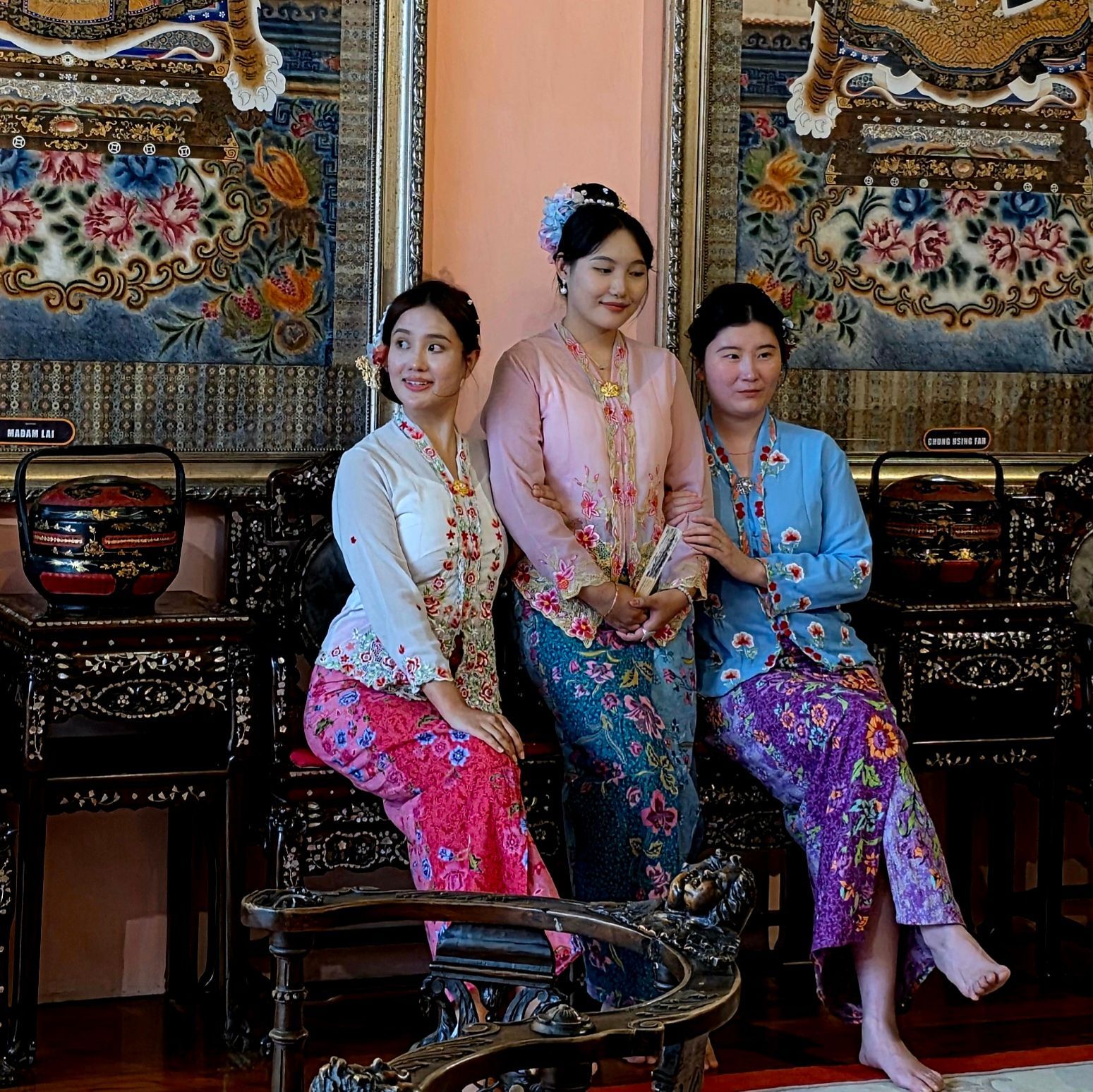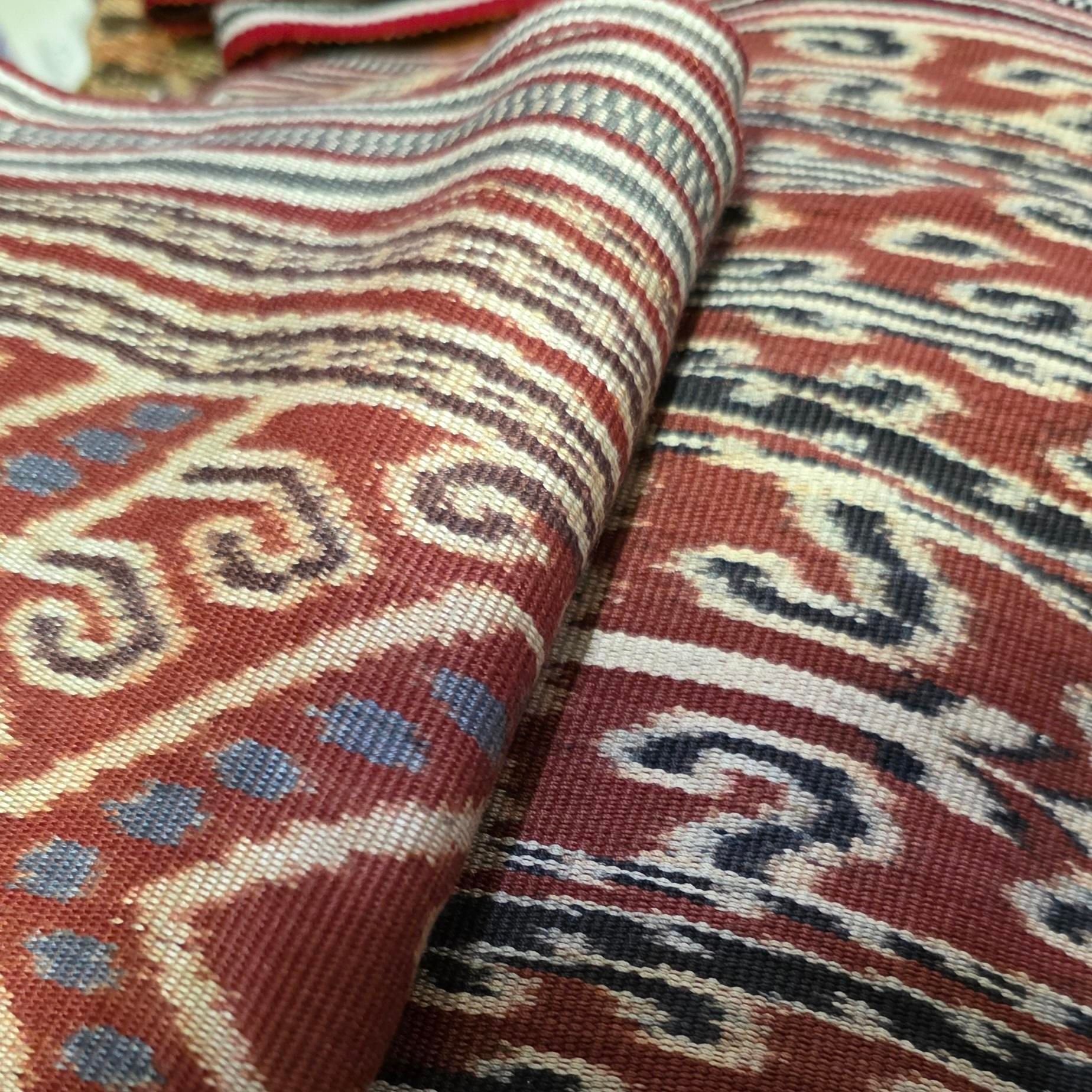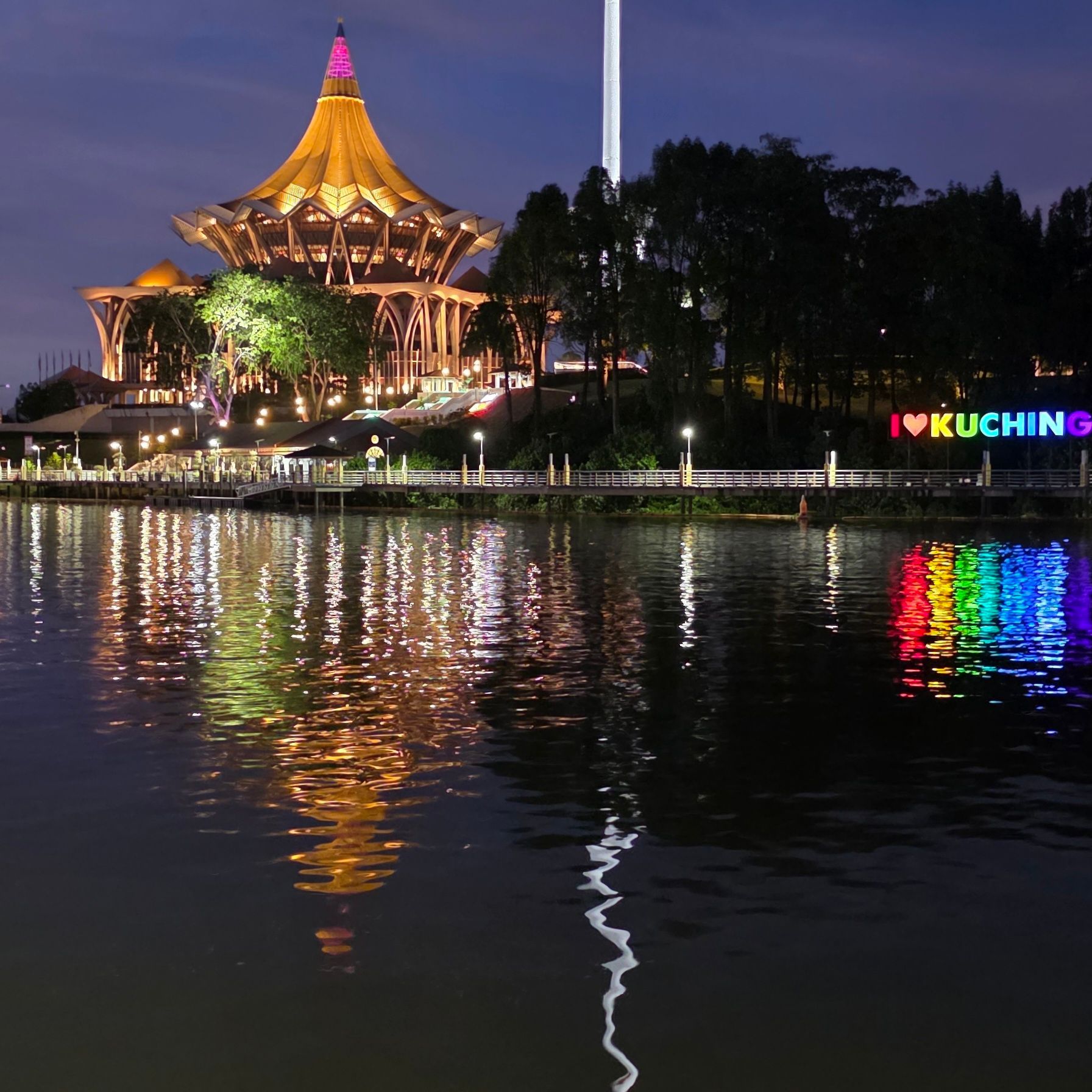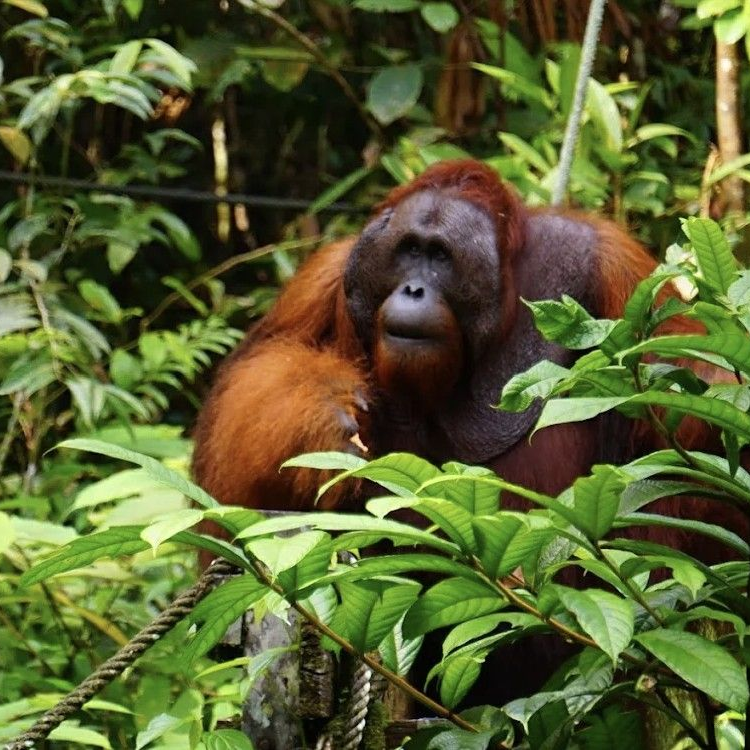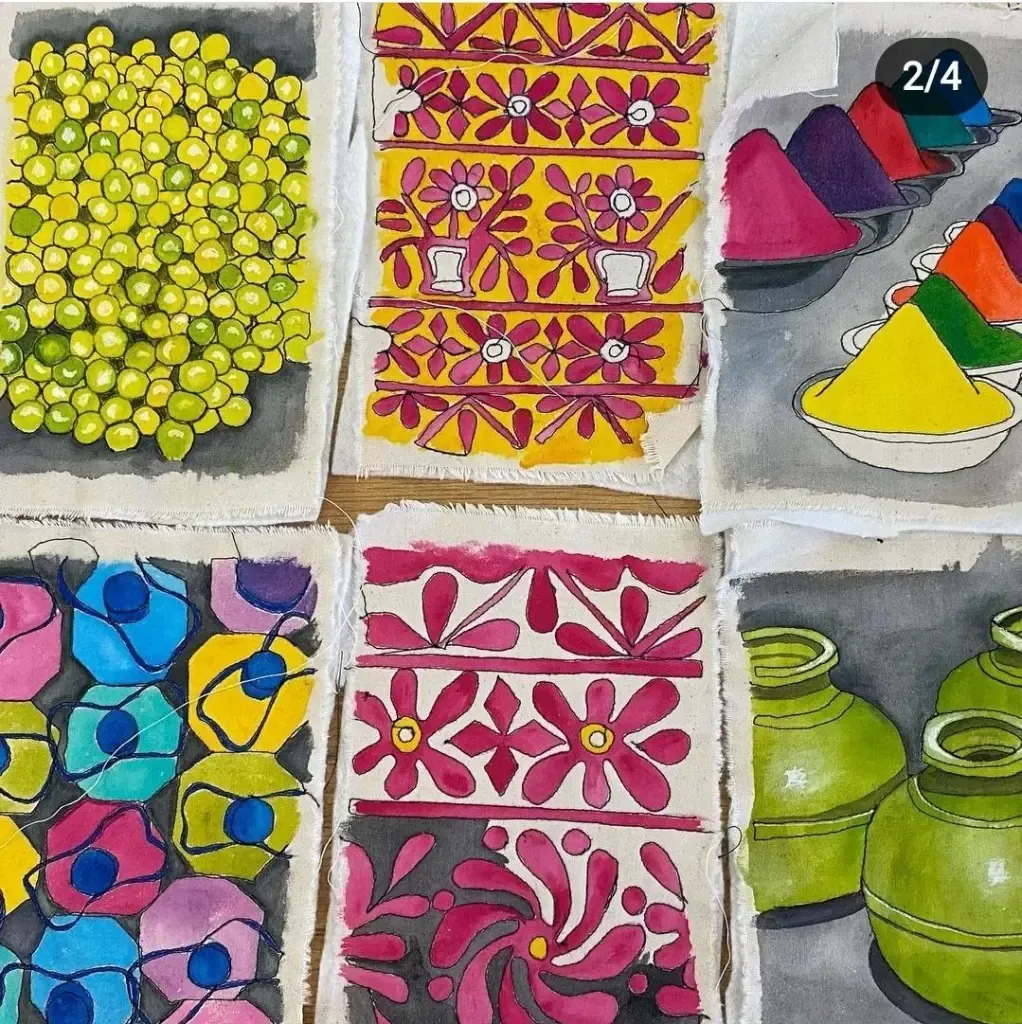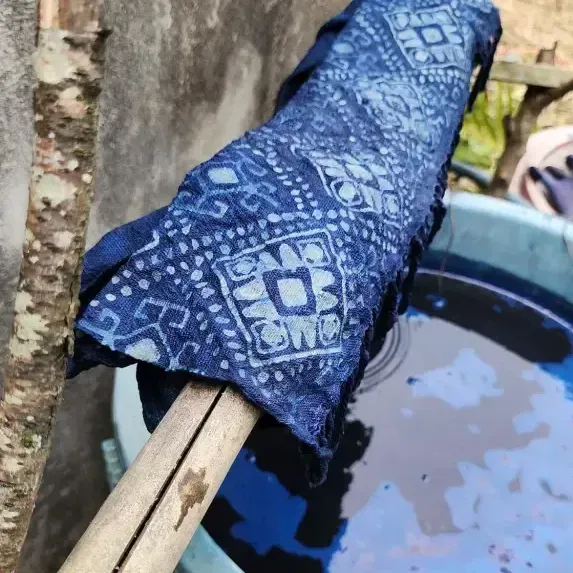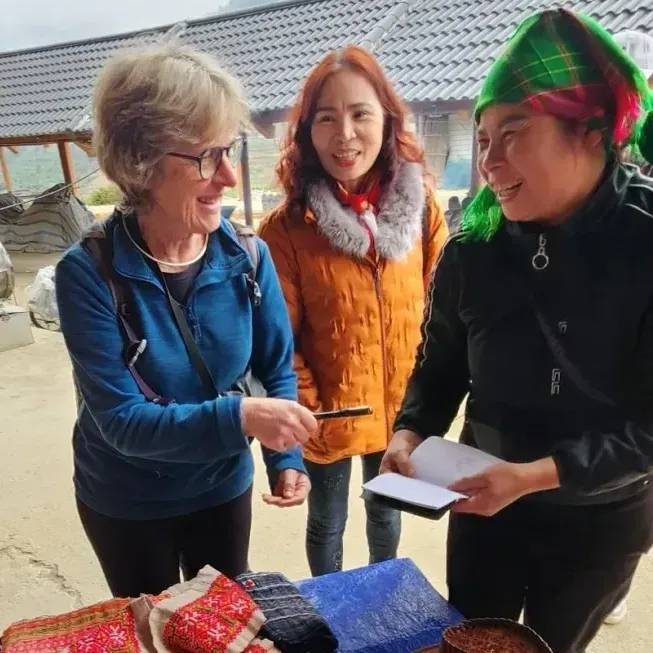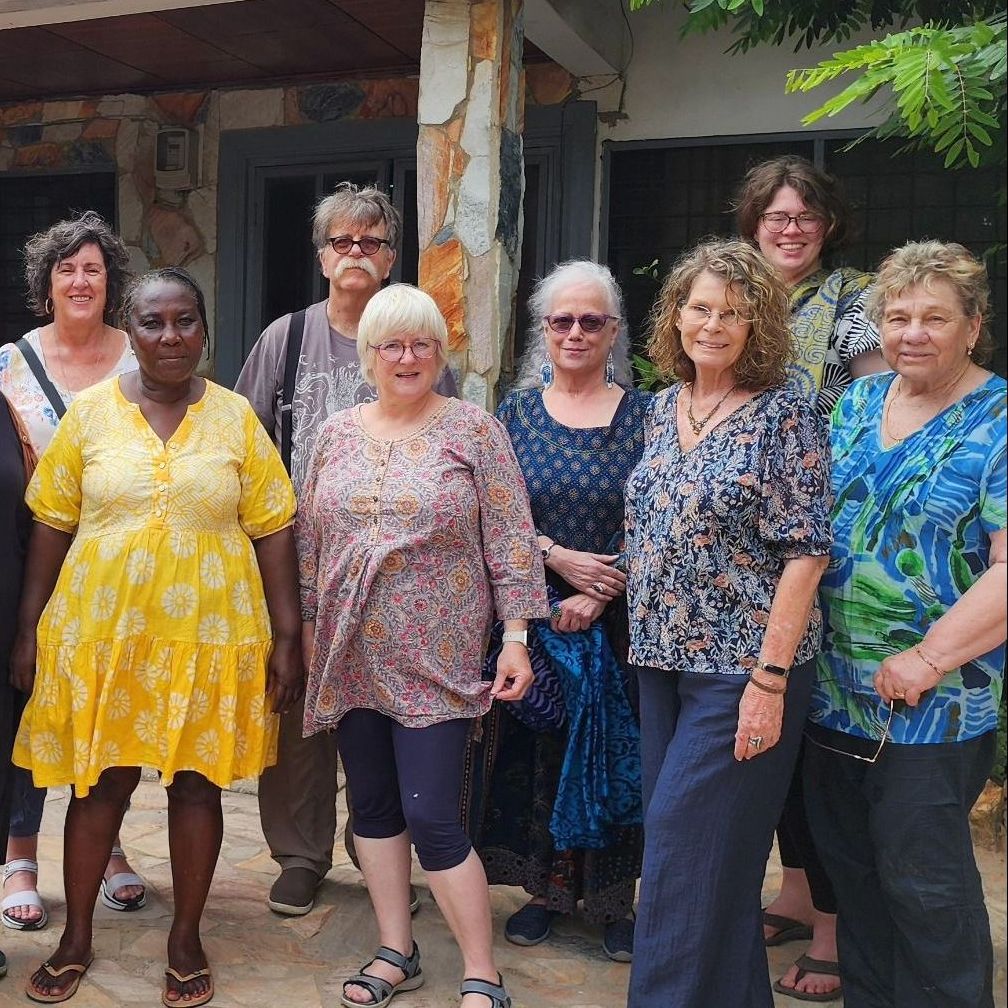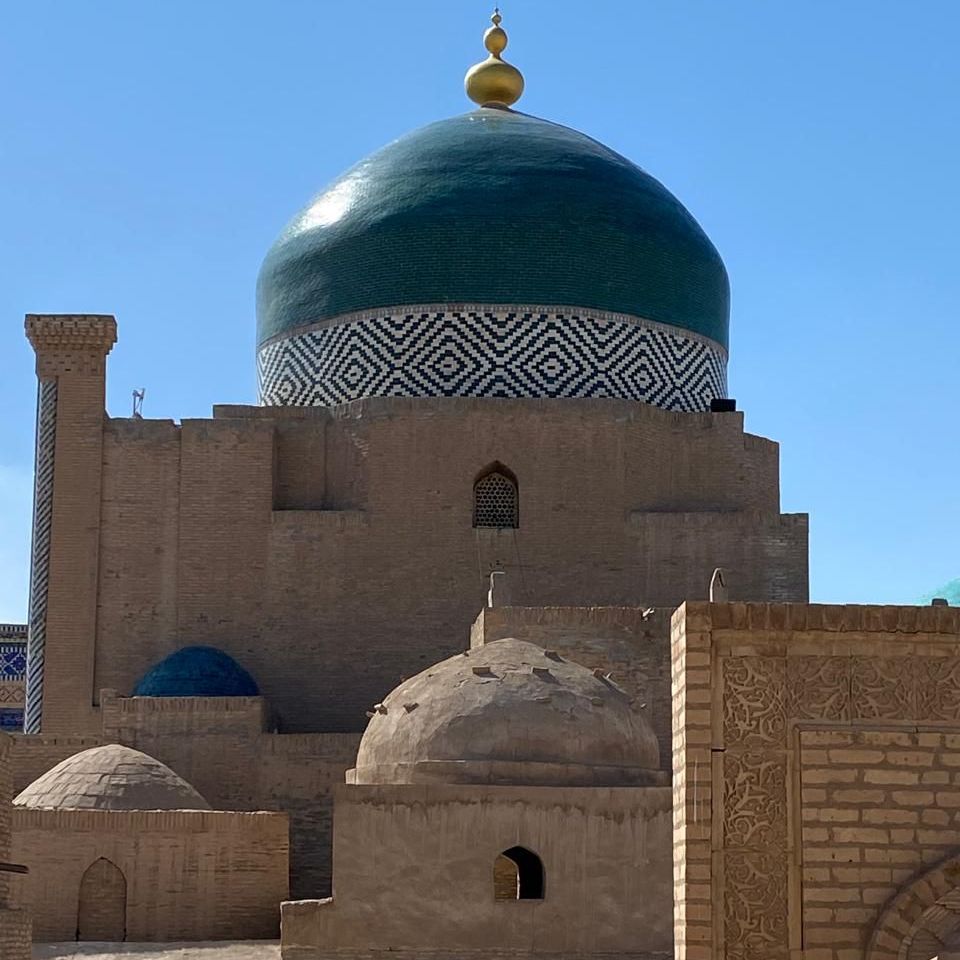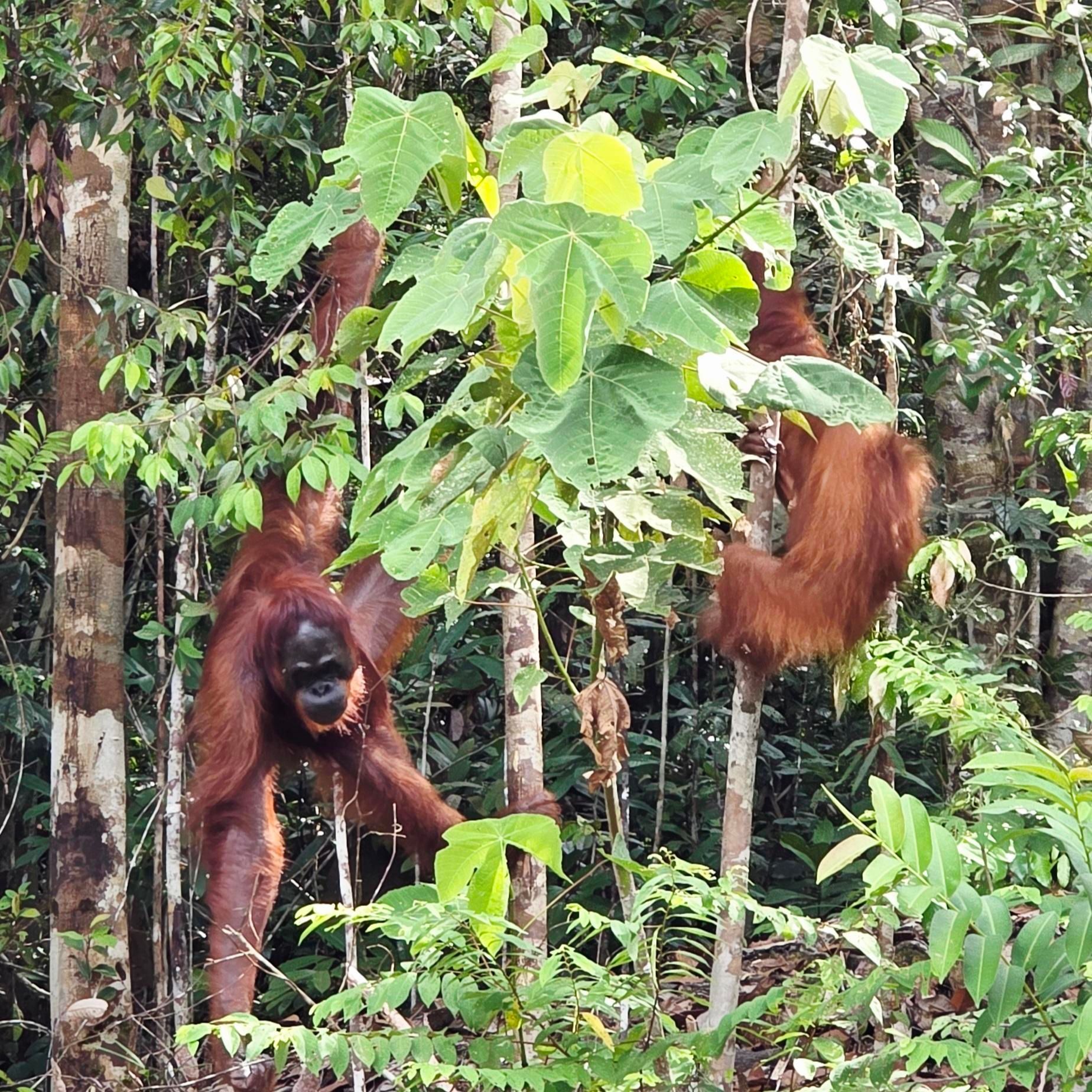
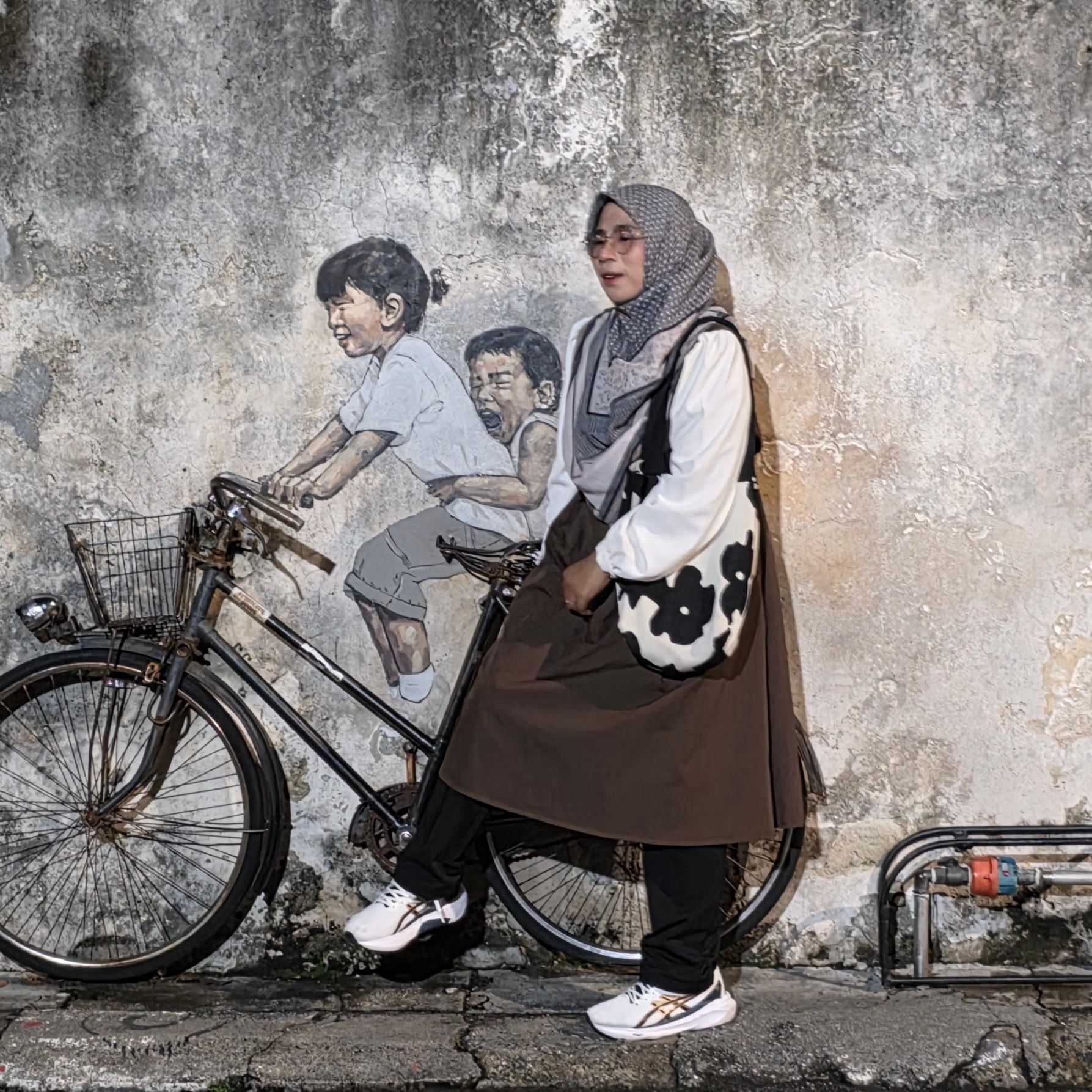
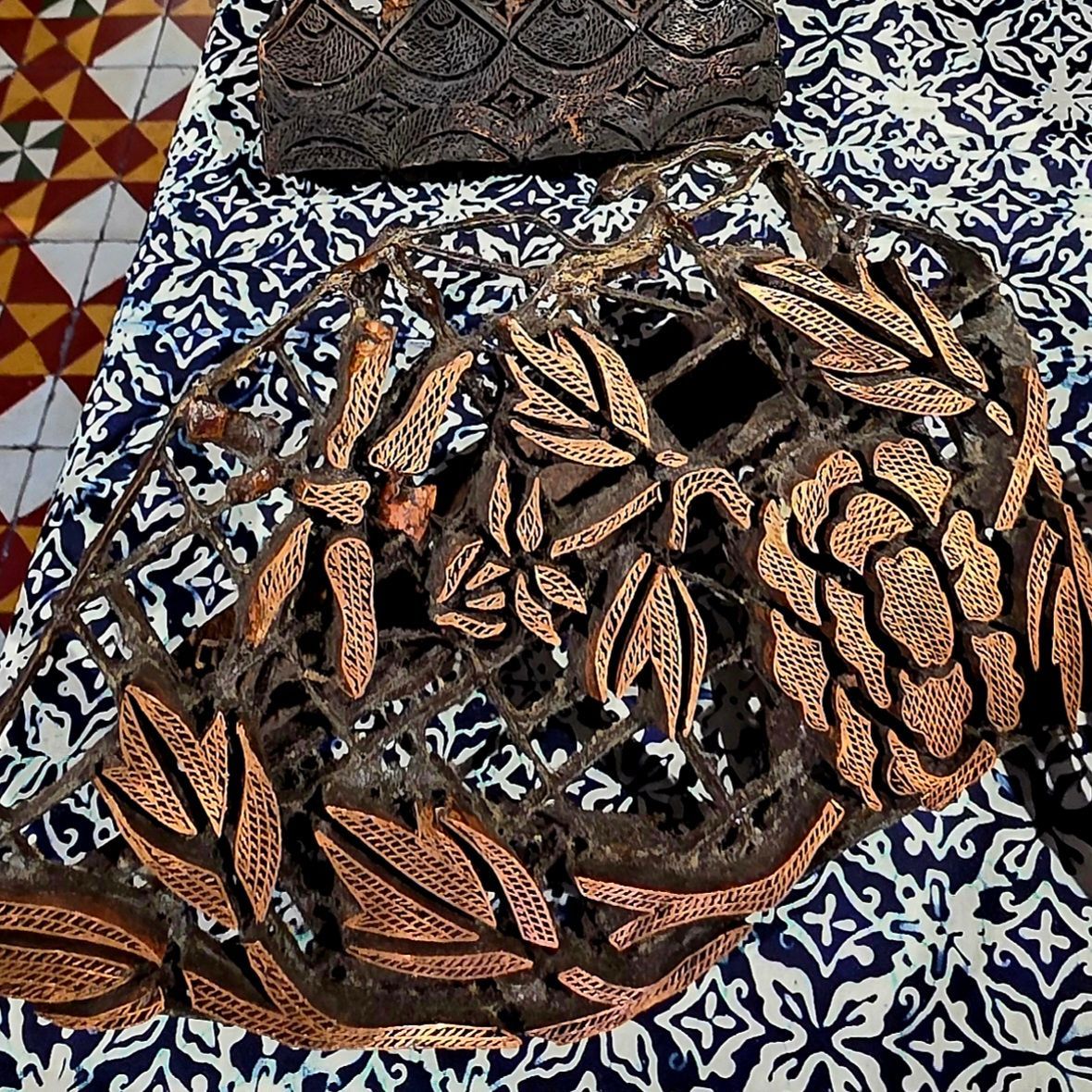
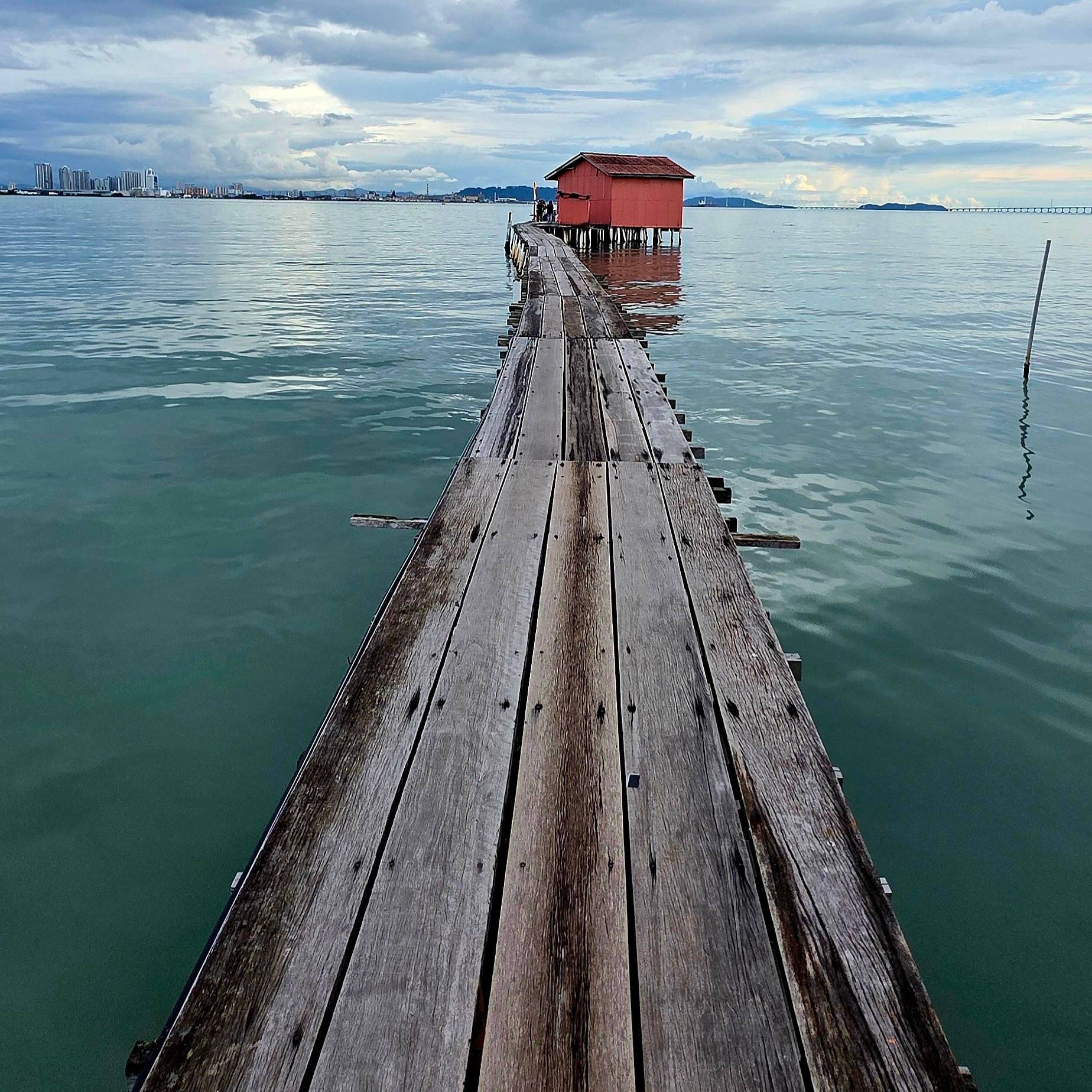
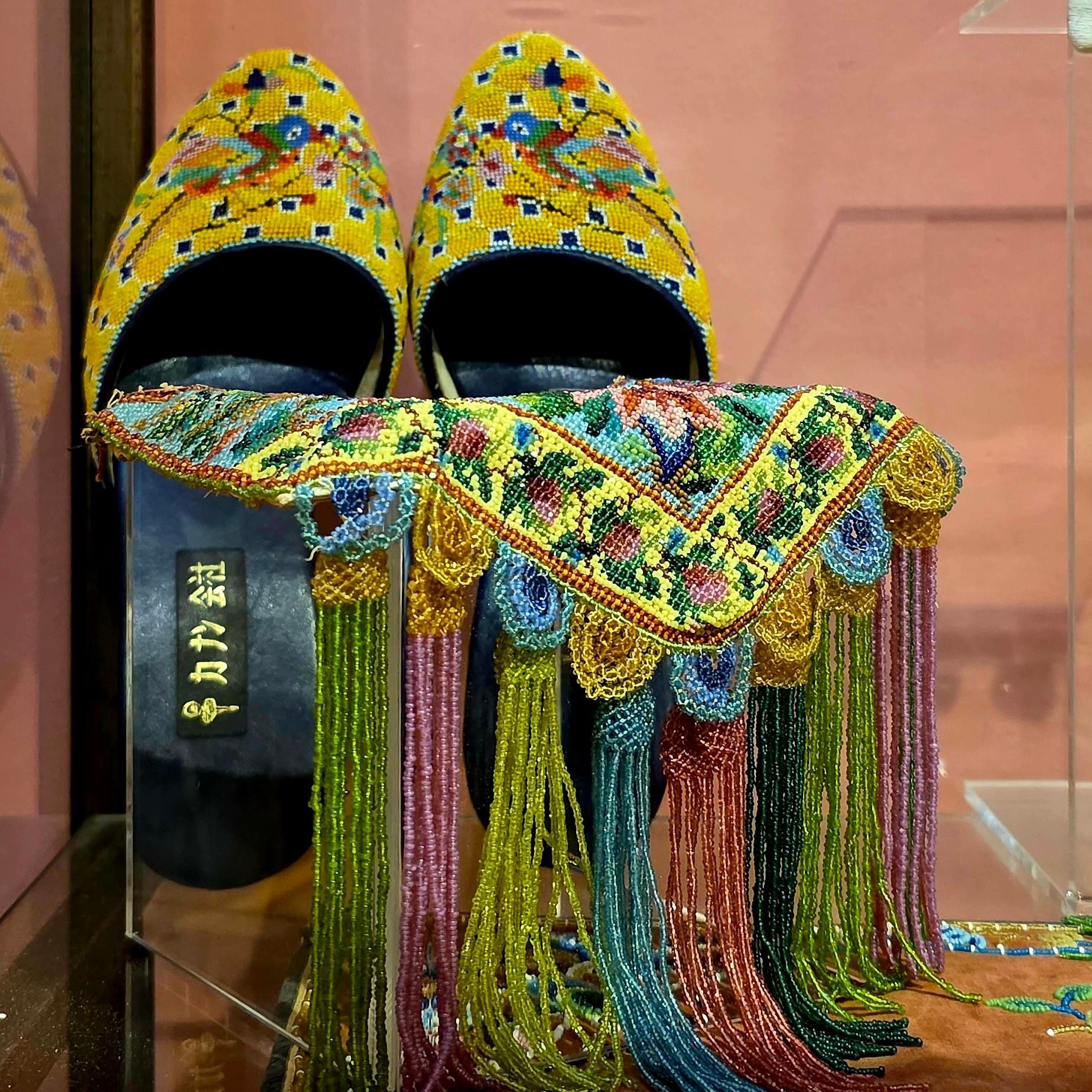
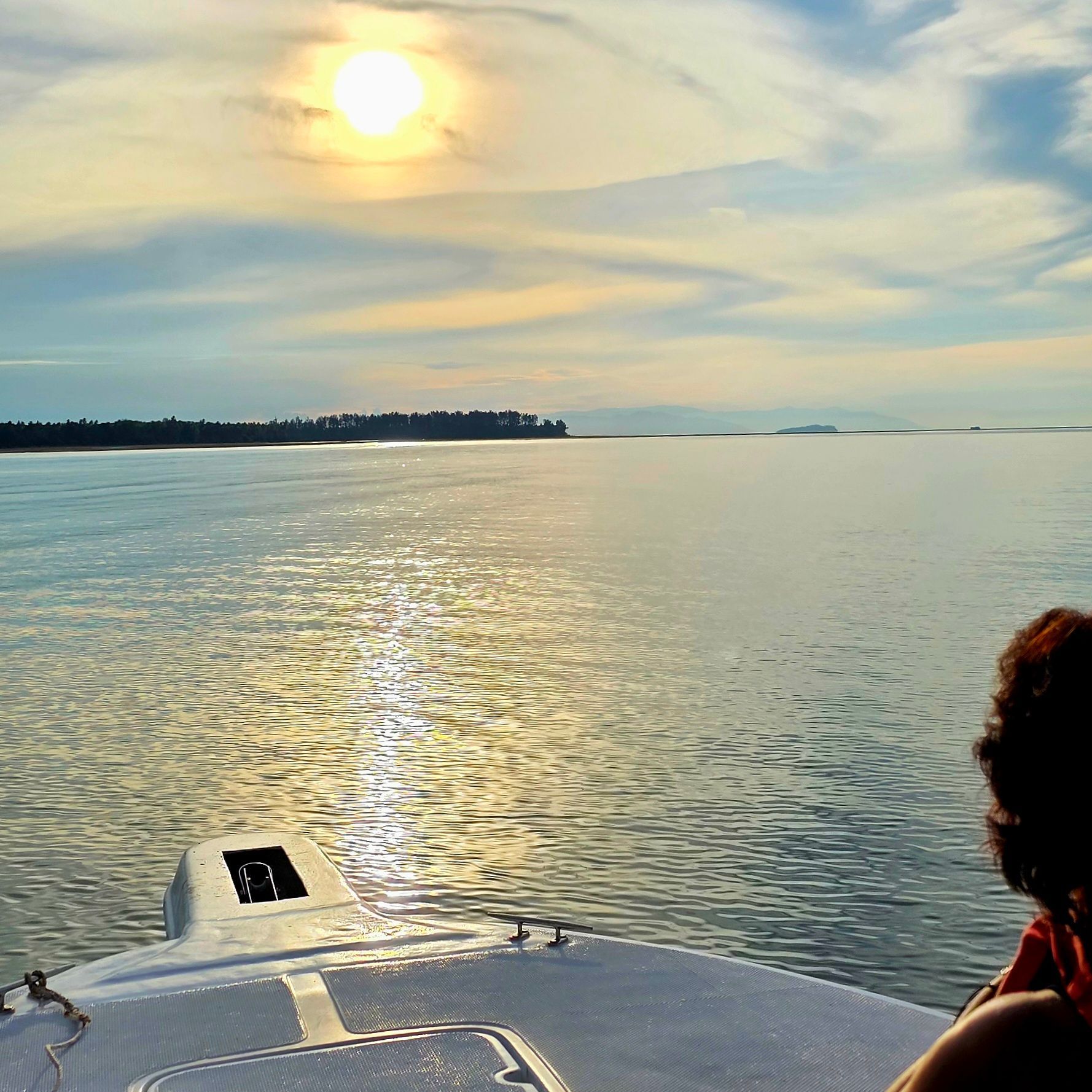
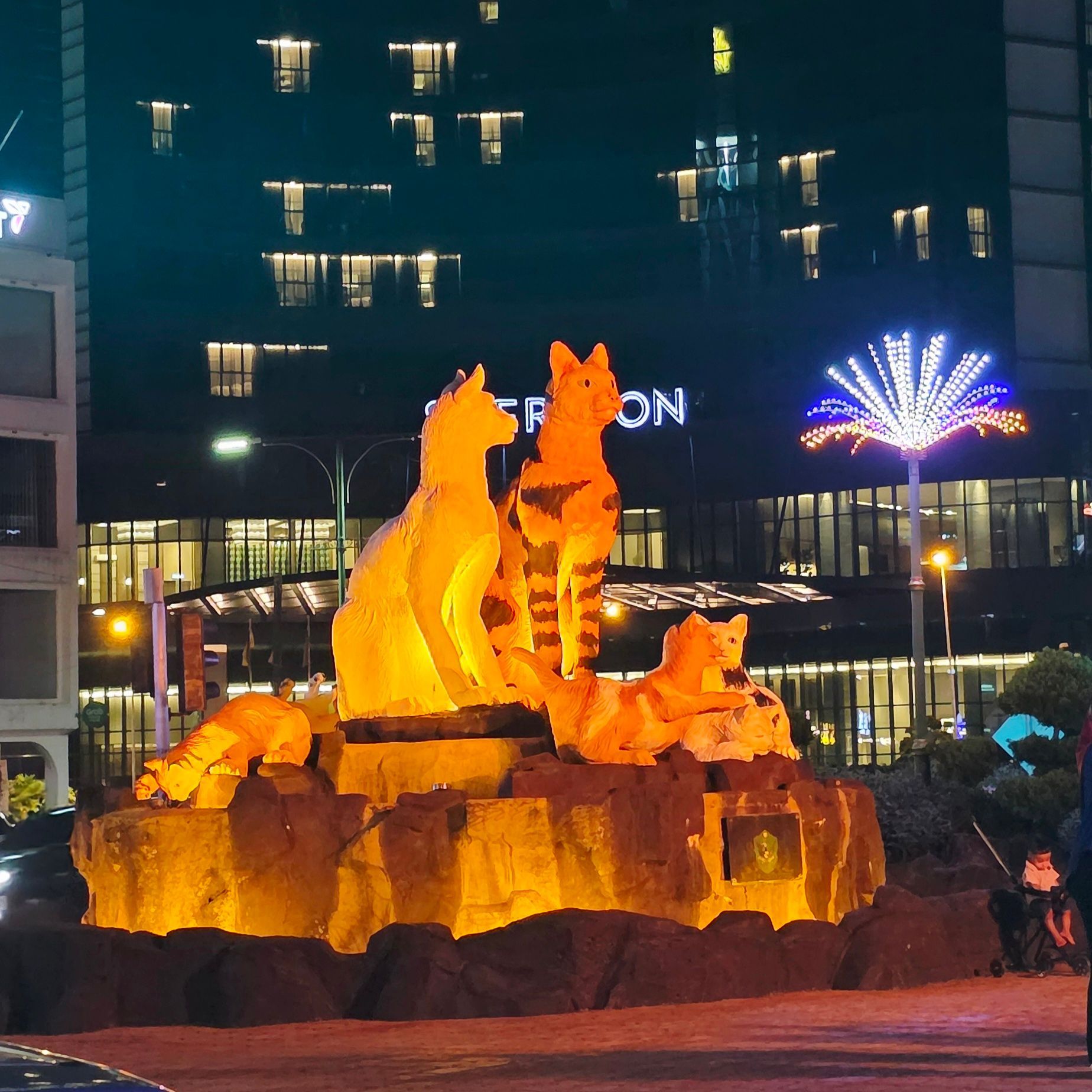
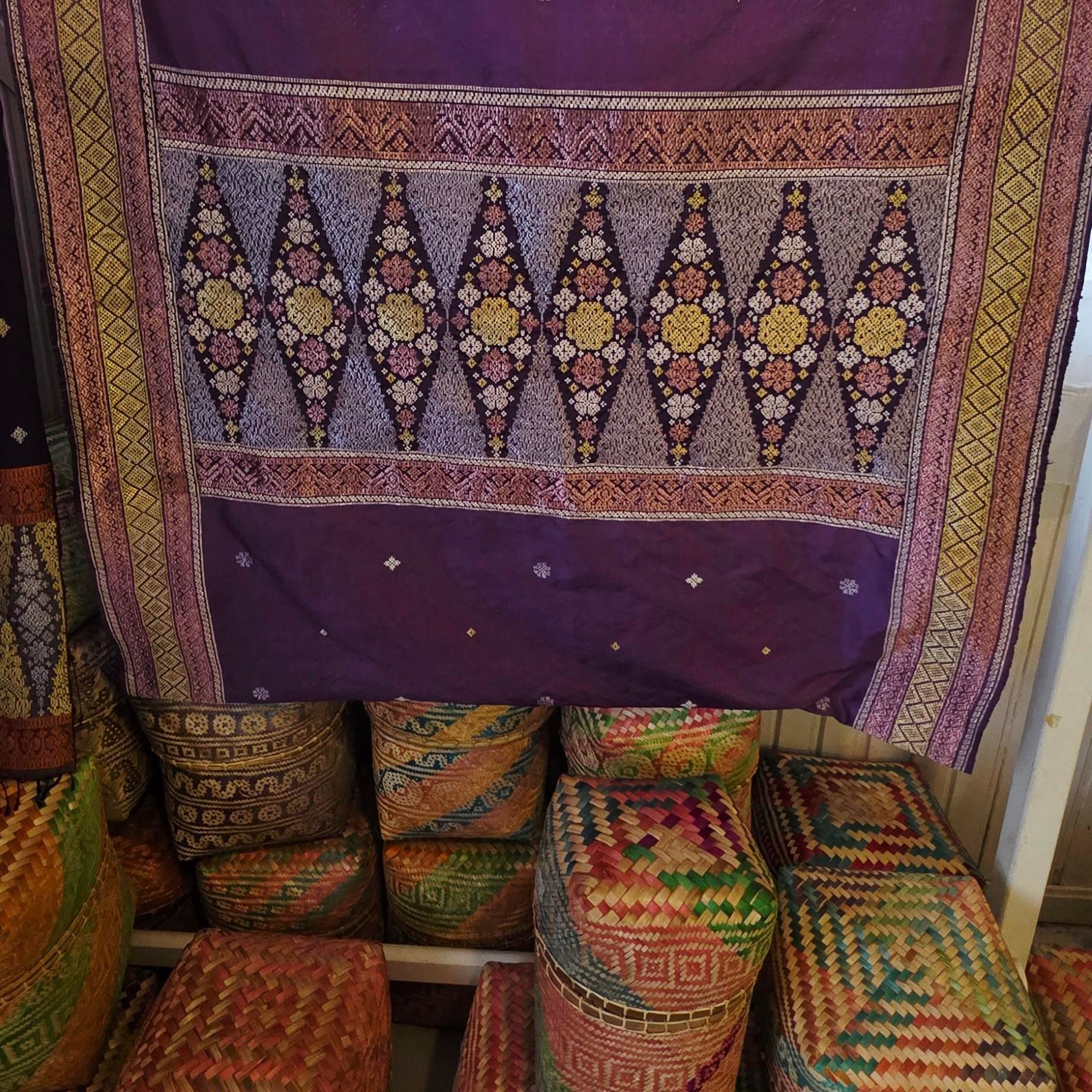
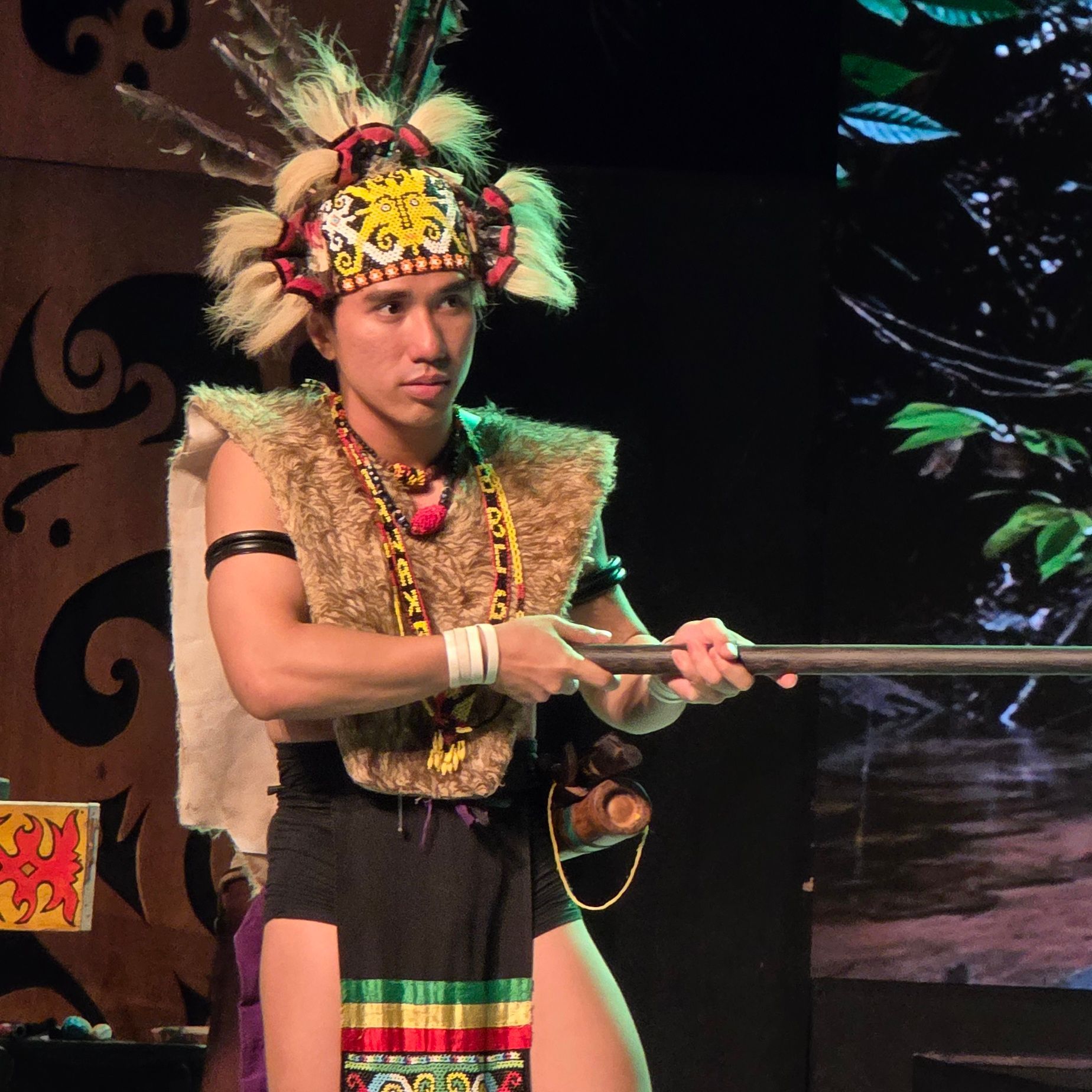
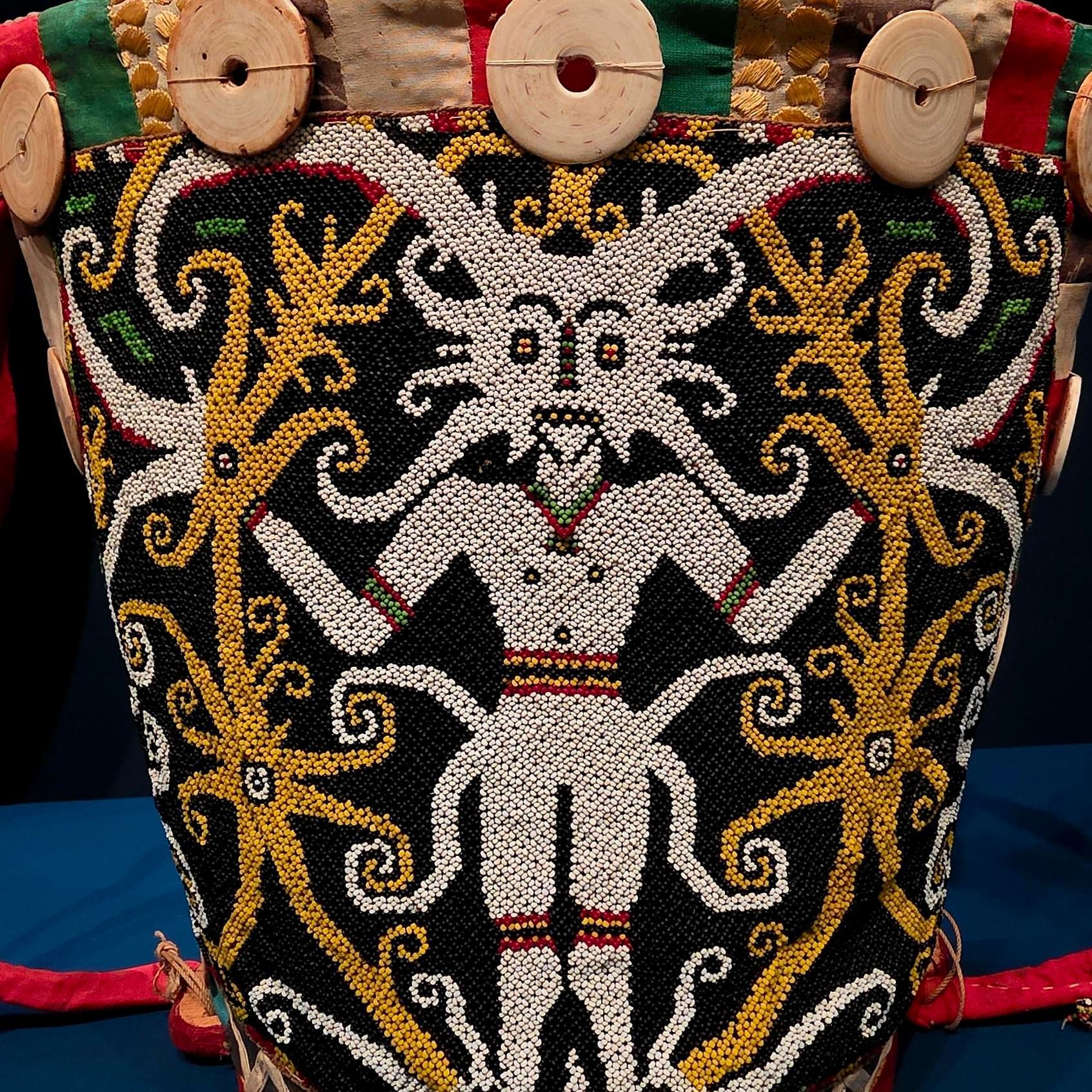
Malaysia- Crafts, Orangutans & Nature
Explore vibrant George Town, where colourful heritage buildings and bustling markets mingle with the aromas of fabulous street food.
In Malaysia, batik, weaving, basketry, beading, and natural dyes are more than crafts - they’re treasured expressions of cultural heritage.
We’ll meet the artisans who keep these traditions alive, true national treasures in their own right.
Then journey deep into Sarawak to visit remote villages and learn traditional crafts directly from local makers. Walk through lush rainforests alive with birdsong, cruise along winding rivers, and encounter orangutans in their serene forest sanctuaries.
25 July - 7 August 2026
From
Duration
13 days /12 nights
Almost ready to open bookings - take a peek!
Day 1 - Georgetown, Penang, Malaysia ( 25 July 2026)
Arrive to Penang International Airport , Georgetown, Penang, Malaysia
NOTE we will collect you from the airport whatever time you arrive - day or night.
There is no programme on Arrivals Day - our guests come from all over the world.
Day 2 - Georgetown (26 July )
Indian traders have been coming to the area for nearly 1000 years, Chinese for 6 or 800 years. Large-scale migration of Chinese and Indian laborers occurred in the late 19th and early 20th centuries under British colonial rule. Arab traders were visiting Southeast Asia and establishing trading posts since the 7th and 8th centuries, even before the widespread adoption of Islam. After the rise of Islam, Arab traders became instrumental in spreading the religion through the region, beginning around the 13th century.
The streets of Georgetown are fascinating mix of Malay, Chinese and Indian Culture and is known for its religious harmony, exemplified by the "Street of Harmony," where religious sites for Islam, Taoism, Hinduism, and Christianity are located close together.
Let's explore and build up an appetite for delicious yum cha lunch.
Afternoon Market Tour & Cooking Class
The food of Malaysia is fresh and vibrant - it can be spicy but that is by personal choice.
Today we are joining a local chef on a market tour to learn about Malaysian ingredients and pick up some to cook our dinner!
Inc B,L,D
Day 3 - Georgetown (27 July)
Today we will start with Batik Painting Museum - a little treasure house of Batik Art Painting.
Let's visit some of the Clan Jetties - home to some of the early Chinese Fisher communities - positioned on stilts over the straits.
Pinang Peranakan Mansion
The Peranakans, also known as the Babas [men] and Nyonyas [women], was a prominent community of acculturated Chinese unique to this part of the world, especially in the Straits Settlements (Penang, Malacca and Singapore) hence its other name, the Straits Chinese. Adopting selected ways of the local Malays and later, the colonial British, the Peranakans had created a unique lifestyle and customs. To this day their is a rich legacy of antiques and cultural influences like cuisine and language.
Take time for lunch and a rest.
There is an Evening Walking tour with Georgetown World Heritage Guide Joann.
She will show us around and share more about the history and heritage of Georgetown.
Inc B
Day 4 -Kota Bharu (28 July )
Today we leave lovely Georgetown behind and head towards the East Coast of Mainland Malaysia via the tranquil Lata Janggut Waterfall.
Kota Bharu is a Royel City, established as the state’s capital in 1844 by Sultan Muhammad II of Kelantan, while the name Kota Bharu translates as a ‘new city’ or in reference to a ‘new castle’ or a fort. Kota Bharu was also one of the first places to be occupied by the Japanese during World War II.
Not really on the tourist trail it is a hub of batik production and the weaving of Songket.
Songket, a brocade type weave rich with gold or silver threads can be traced back to the Srivijaya Empire [7 to 11 Century] In Malaysia, songket was recognised as intangible national heritage by the Malaysian Ministry of Tourism, Arts, and Culture in 2012
Songket is worn for special occasions such as weddings, royal ceremonies, and formal state functions. Songket is a popular choice for both brides and grooms to wear, symbolizing their status as the "king and queen" of the day.
Inc B,L,D
Day 5 - Kota Bharu (29 July)
Crafts day today, there is a great museum at the Handicraft Village, and so many artisans to meet.
We'll take a batik workshop - produce a small art piece.
Visit a master weaver of Songket.
Day 6 -Kuching, Sarawak - beachside ( 30 July)
Early flight to Kuching, Sarawak [included in tour]
Domestic Flight included.
When we land we are whisking you away to a seaside resort.
Chill out time
Inc B,L,D
Day 7 - Kuching - beachside (31 July)
Kampung Budaya Sarawak
We will join a guide to visit the cultural hub Kampung Budaya Sarawak - a “living museum,” the Sarawak Cultural Village is an interactive cultural experience showcasing traditional longhouses and cultural performances from various Sarawak ethnic groups, including Iban, Bidayuh, and Melanau.
A beautiful place and great for an insight into traditional culture after the 11.30 cultural show we will head back to the pool for a while.
Evening Boating Trip.
Kuching Wetlands National Park is home to crocodiles, dolphins, probiscis monkeys and fireflies. As the sun slowly sets there is a good chance we will spot them all.
Inc B,D
Day 8 - Kuching (1 Aug)
Moving onto to Kuching Town today, we will head north first to the Border Craft Market.
This local market is bright and colourful full of Indonesian and Malaysian products - there is a lot of stuff and quite a few craft stalls - bead work that local people wear on celebratory occasions and local woven cloth - real trasures.
I am told if you are lucky you might even find the stall that sells butod (sago worm)!! A local delicacy.
Sightseeing on the way back to town, we’ll stop at the Buddhist Shrine in Bau Limestone Cave.
The serene Buddha statue was first discovered by several indigenous boys near the Sungai Lundu. The statue’s origins remain a mystery - it’s believed to have drifted from a neighbouring country after being swept out to sea during the 2012 Indian Ocean tsunami. Based on its appearance, some suggest it may have come from as far away as Thailand.
Wind Cave
The cave was named named after the constant cool breeze that blows throughout the cavern. Wind Cave is a series of three unlit tubular, smooth limestone cave, formed roughly 60 million years ago during the Jurassic-Cretaceous period, the age of dinosaurs.
There is a broadwalk to traverse the cave.
Bau and Malaysia's Goldrush.
We pass by Bau on our drive, many stories surround Bau.
1837 saw a raid by a local tribe - the Skrang Ibans killing 2000 men and taking 1000 women captive. In 1841 James Brooke, who was then the newly installed White Rajah of Sarawak, was able to rescue some of the women taken captive. Each year on 1 May, descendants of the survivors of the 1837 massacre hold Jagoi-Bratak Day on top of Bratak Hill in Bau in memory of their ancestors.
The Chinese first began gold mining in Bau in the 1800s and it is still mined to this day.
inc B,L,D
Day 9 - Kuching (2 Aug)
Bidayuh Longhouse visit.
The Bidayuh were historically known as the "Land Dayak" and were associated with headhunting.
However, headhunting was officially terminated by James Brooke, the first White Rajah of Sarawak, in the 20th century.
The name "Land Dayak" was a term used during Brooke's time, and since 2002, the term "Bidayuh" has been the official and legally recognized name for the people.
Headhunting was a common practice among many Dayak groups, including the Bidayuh and the Iban, before it was outlawed.
Whilst I am keen to learn new crafts - the preservation of said heads is not on our list of activities - haha - could not resist the joke!
In Sarawak, the north-western region of the island of Borneo, the first "White Rajah" James Brooke and his descendants established a dynasty. They eradicated headhunting in the hundred years before World War II
WWII era: Headhunting was revived among native populations during the Japanese occupation of British Borneo, with groups like the Iban being involved.
Post-WWII era: The practice continued into the post-war period, notably during the communist insurgency in Sarawak and what was then Malaya, and during the Indonesian Confrontation in the 1960s. The Iban were noted for this and were later recognized as capable rangers and trackers during military operations.
At the Longhouse we will meet a talentred local beader - she will demonstrate how she puts her beautiful necklaces together.
We will have a lunch of local flavours and get to try a blowpipe as well!
Semenggoh Nature Reserve
Semenggoh is a nature reserve & primate rehabilitation center sheltering orangutans & many bird species.
Hopefully we will 'meet' some Orangutangs at the afternoon feeding.
Inc B,L
Day 10 - Kuching (3 Aug)
Borneo Cultures Museum houses a fantastic display of exhibits that cover the region's culture, history, and natural heritage.
In the afternoon we are visiting local NGO - Tanoti. It is a social enterprise founded in 2012 with the purpose of empowering rural communities and women through textile and weaving craft.
So much to see and stories to hear, we will enjoy a workshop to weave a coaster in rattan as well.
Inc B
Day 11 - Rumah Garie Village (4 Aug)
Our adventure really starts today, we drive to the north east of Kuching and by lunchtime will transfer to 4x4 vehicles to complete the last leg of our journey to the remote Iban village of Rumah Garie.
We are guests of the village and will be staying in the village Longhouse.
Iban people live in a communal Longhouse - it is a wooden structure built on stilts, with one side sectioned off into a row of separate family rooms and the other used an open social area and meeting space. If another Iban native or family arrives to join the community then the house is simply elongated to accommodate them, hence its name.
We are here to learn from the Dream Weavers or weavers of Pua Kumbu - the Iban people's traditional and sacred ikat woven textile.
The surrounding forest provides the colours to dye these textiles and we will participate in all the steps from forest to cloth.
As part of the village we can help harvest vegetables for dinner, prepare food and enjoy a dip in the local river.
At some stage in our visit we will head out in local canoes to visit a nearby Longhouse.
Our time will fit into the rhythms of our village hosts.
NOTE: during our village stay we are guests of the chief and will sleep in the Long House communal style.
There are no single bed rooms - we will have a comfortable mattress and fresh clean bed linen.
This is a remote village - there is access to elecrticity to charge devices, internet is not reliable.
Inc B,L,D
Day 12 - Rumah Garie Village (5 Aug)
Village life continues.....
Inc B,L,D
Day 13 - Kuching (6 Aug)
Sadly time to leave and make our way back to city life life - luckily Kuching is a relaxed place to readjust 😊
A Farewell Dinner tonight - time to toast new friends and bold adventures.
Inc B,L,D
Day 14 - Departures (7 June 2026 )
Fitness
Physical Fitness for Sightseeing
This adventure is designed for enthusiastic, active travellers with a good general level of health and mobility.
To make the most of your experience, you’ll need to be comfortable walking for 3 to 4 hours a day - sometimes over uneven ground, up hills, and a few flights of stairs.
Getting in and out of local transport and navigating occasional over-the-bath showers may also be part of the journey.
If you’re up for a bit of daily movement and love immersing yourself on foot, you’ll thrive on this tour.
Just a heads-up - it is not be the best match for those who like to take things very slowly or need lots of rest stops along the way.
NOTE: during our village stay we are guests of the chief and will sleep in the Long House communal style.
There are no single bed rooms - we will have a comfortable mattress and fresh clean bed linen.
This is a remote village - there is access to elecrticity to charge devices, internet is not reliable.
Group Size
8 - 14
Booking Status
Bookings will Open in Nov2025
Tour Location
Malaysia
Tour Information
Tour Pricing
- Share with a Friend: AUD $TBA each when booking two places at the same time, twin or double room share.
[AUD $... = approx USD$...]
- Mention if you are happy to share if someone is looking for a roommate.
- Private Room: Add AUD $TBA
- Deposit: AUD $TBA due today secures your place.
- Early Bird Bonus: Book by 18 Feb 2025 to receive a AUD $200 rebate.
- Triple Treat Bonus? Every 3rd trip earn AUD $300 discount and our appreciation.
Destination Notes-
to help you prepare.
Inspirational Reading List.
Inclusions
Expert instruction by local artisans
Solo Traveller friendly
Well-chosen accommodation
Fully hosted by our CAS teams with local guides
Carefully curated itinerary
DOMESTIC FLIGHT
Airport pick up & drop off
All breakfast and most other meals
Exclusions
International Flights
Visa, if needed
Travel insurance
Laundry
Gratuities

